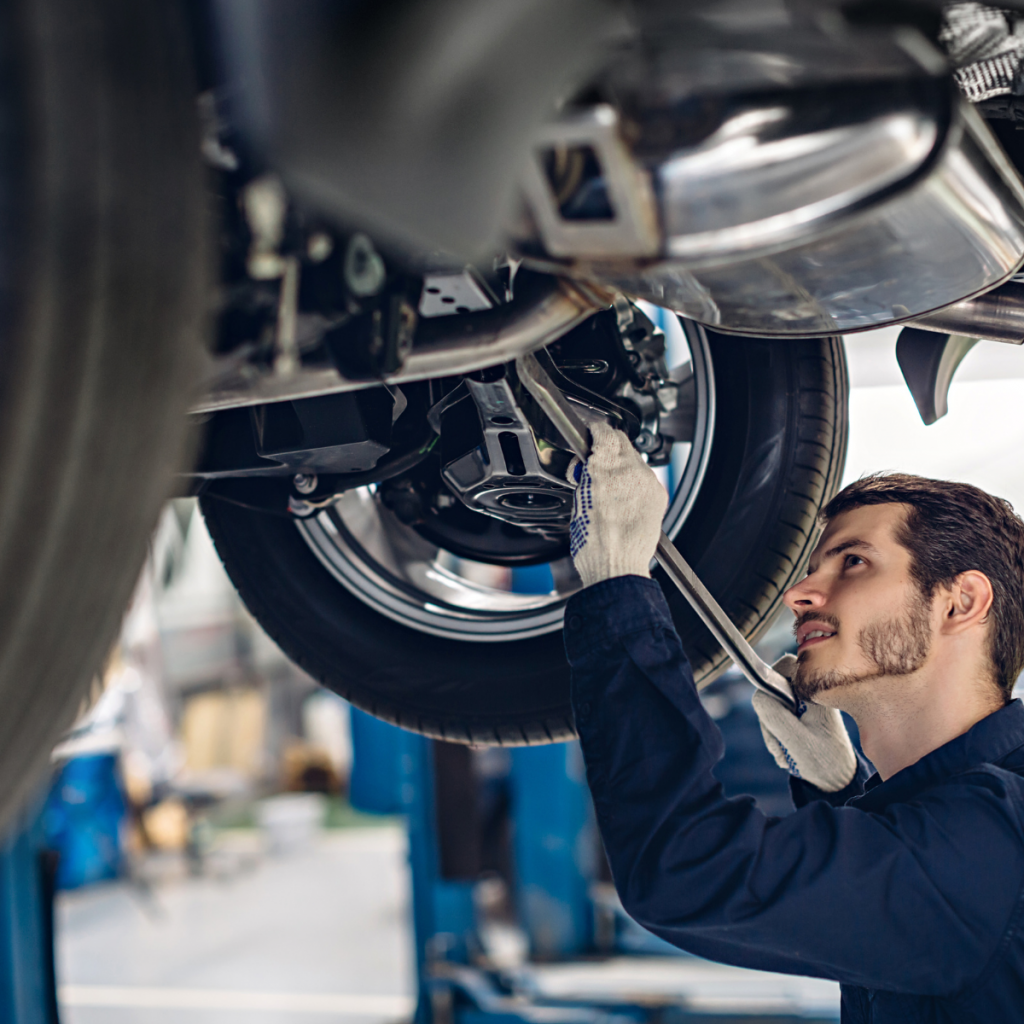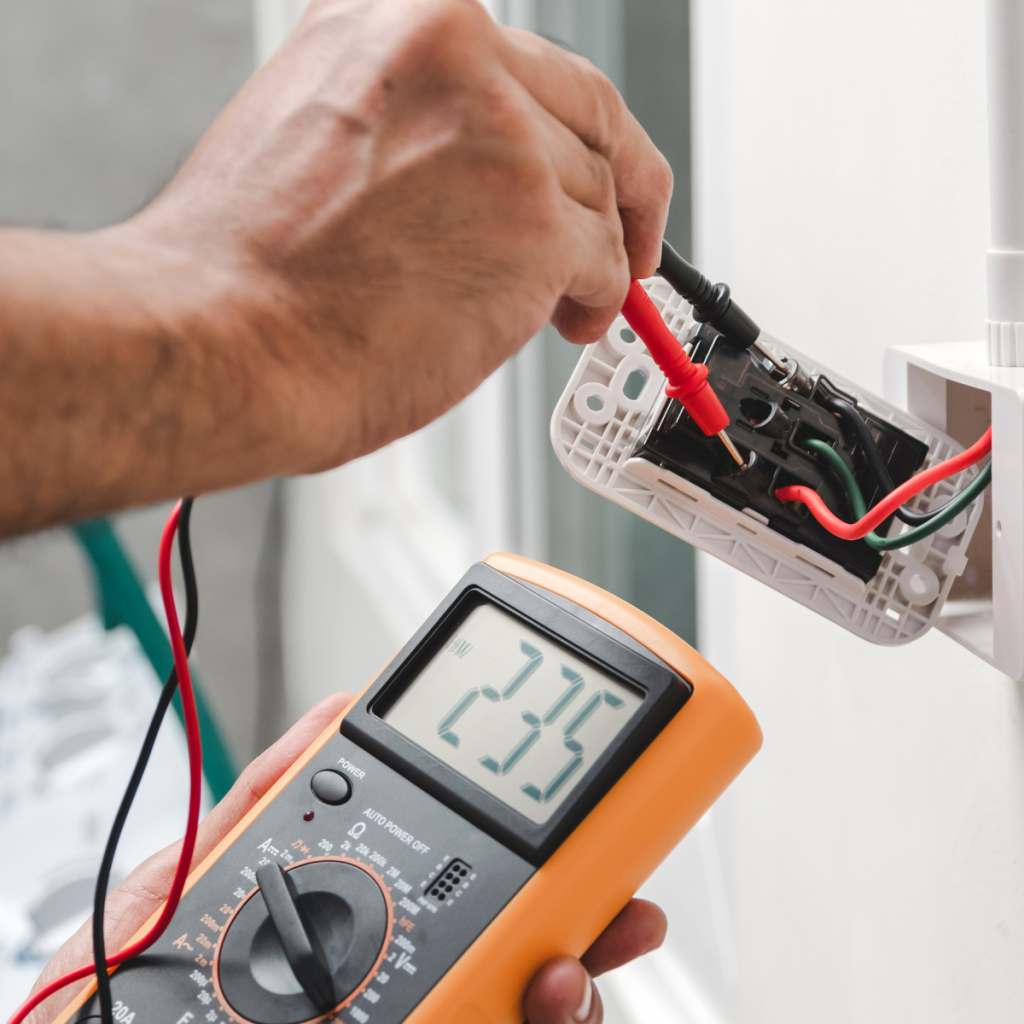Laptops are indispensable tools for both work and leisure, offering convenience and portability. However, like any electronic device, they are prone to encountering problems over time. Whether it’s a slow system, a malfunctioning keyboard, or a battery that won’t hold a charge, laptop issues can be frustrating and disruptive. Thankfully, many of these problems are fixable with the right approach. In this article, we’ll explore some of the most common laptop problems and provide effective solutions to help you get your device back to optimal performance. If you’re experiencing any of the issues below, follow these troubleshooting steps before considering professional repair services.
1. Laptop Running Slow
One of the most common complaints among laptop users is a sluggish performance. A slow laptop can be frustrating, especially when you need to complete tasks quickly. There are several factors that can cause a laptop to slow down, including outdated software, too many startup programs, or a cluttered hard drive.

How to Fix It:
- Update Software and Drivers: Outdated software can lead to slower performance. Ensure that your operating system and all drivers are up to date.
- Free Up Storage Space: A full hard drive can significantly slow down your laptop. Delete unnecessary files and programs, or use cloud storage to free up space.
- Optimize Startup Programs: Some programs automatically run when your laptop starts up, consuming system resources. Disable unnecessary startup programs to speed up boot times.
By following these steps, you can often significantly improve your laptop’s speed without needing a professional fix.
2. Battery Not Charging or Draining Too Quickly
Laptop batteries are designed to last for several hours, but over time, they can lose their ability to hold a charge. If your battery isn’t charging, or it drains too quickly, it can severely affect your laptop’s usability.
How to Fix It:
- Check the Charging Cable and Adapter: Sometimes, the issue is with the charging cable or adapter. Ensure the cable is intact and properly connected to both the laptop and the power outlet.
- Recalibrate the Battery: Recalibrating your battery can help it provide more accurate charge readings and improve its performance. To do this, charge your battery to 100%, then let it drain completely before charging it back up again.
- Replace the Battery: If the battery is old or damaged, you may need to replace it with a new one to restore full functionality.
For long-term battery health, avoid leaving your laptop plugged in all the time, as this can affect the battery’s lifespan.
3. Overheating Issues
Laptop overheating is a common issue, particularly if you use your laptop on soft surfaces like beds or couches. When a laptop overheats, it can cause performance problems, including sudden shutdowns or slow operation.
How to Fix It:
- Use a Cooling Pad: A cooling pad helps dissipate heat and ensures that your laptop stays cool during use.
- Clean the Fans and Vents: Dust can clog the internal fans and vents, preventing proper airflow. Regularly clean the fans and vents using compressed air to remove dust buildup.
- Place Your Laptop on Hard, Flat Surfaces: Avoid using your laptop on soft surfaces that block the vents. Using your laptop on hard, flat surfaces ensures better airflow and cooling.
By addressing overheating issues, you can prevent long-term damage to your laptop’s internal components.
4. Keyboard Not Working Properly
A malfunctioning keyboard can disrupt your productivity and make it difficult to use your laptop effectively. Common keyboard issues include unresponsive keys, sticky keys, or keys that type the wrong characters.

How to Fix It:
- Check for Physical Obstructions: Dust, crumbs, and other debris can get trapped beneath the keys, causing them to malfunction. Turn your laptop upside down and gently shake it to remove any loose debris.
- Update Keyboard Drivers: Outdated or corrupted drivers can cause keyboard problems. Go to your device manager and check if the keyboard drivers are up to date.
- Clean the Keyboard: Use a microfiber cloth and compressed air to clean the keyboard, removing dirt and dust from between the keys.
- External Keyboard: If the built-in keyboard is damaged beyond repair, using an external USB keyboard can be a temporary solution.
If the issue persists despite cleaning and updates, consider seeking professional repair services to diagnose the problem.
5. Wi-Fi Connectivity Issues
Another frequent laptop issue is difficulty connecting to Wi-Fi or maintaining a stable connection. A weak or intermittent Wi-Fi signal can be extremely frustrating when trying to work or browse the internet.
How to Fix It:
- Restart the Router and Laptop: Sometimes, simply restarting both the router and your laptop can resolve connectivity issues. This helps reset the connection and may improve the signal.
- Check Wi-Fi Drivers: Ensure that your Wi-Fi drivers are up to date. If not, visit the laptop manufacturer’s website to download the latest drivers.
- Move Closer to the Router: If you’re too far from the Wi-Fi router, your connection may be weak. Move closer to the router to improve the signal strength.
- Disable and Re-enable Wi-Fi: Turning off Wi-Fi and then turning it back on can help reset the connection and fix any temporary issues.
If these steps don’t resolve the issue, your laptop’s Wi-Fi card or router may need to be replaced or repaired.
6. Screen Flickering or Display Problems
A flickering or blank screen is another common issue that many laptop users face. A flickering display can be distracting and make it difficult to work. In some cases, the screen may go completely black, leaving you unable to use your laptop at all.
How to Fix It:
- Check the Display Settings: Sometimes, display problems are caused by incorrect screen settings, such as the refresh rate. Adjust the display settings in your operating system to ensure they match the recommended values.
- Update Graphics Drivers: Outdated graphics drivers can cause display issues. Visit the device manager or the laptop manufacturer’s website to download the latest drivers for your graphics card.
- Check for Hardware Issues: If the screen flickering persists, the issue may be related to faulty hardware, such as a loose cable or damaged screen. In such cases, a professional technician may be needed to fix the hardware.
Addressing these issues early can help prevent further damage to your laptop’s display and ensure smooth usage.
7. Blue Screen of Death (BSOD)
The Blue Screen of Death (BSOD) is a common problem in Windows laptops, often caused by a system crash or software conflict. It can be alarming when it occurs, as it usually leads to a restart and potential data loss.

How to Fix It:
- Check for Software Issues: BSOD errors are often caused by faulty software or incompatible programs. Uninstall any recently added software and check for updates.
- Run a Memory Test: If the issue persists, run a memory diagnostic tool to check for faulty RAM, which could be causing the system crashes.
- Update Drivers and BIOS: Outdated drivers or BIOS can also trigger BSOD errors. Ensure that all your drivers and BIOS are up to date.
If the BSOD error continues to occur despite troubleshooting, you may need professional help to perform a deeper diagnosis.
Conclusion
Laptops are incredibly reliable devices, but like any piece of technology, they can experience issues from time to time. Whether it’s slow performance, battery problems, or a malfunctioning keyboard, many common laptop problems can be fixed with simple troubleshooting techniques. By following the tips provided in this article, you can resolve these issues and keep your laptop running smoothly for longer. If the problems persist, don’t hesitate to seek professional help from a technician who can provide expert solutions. Proper care and maintenance are essential to prolonging the life of your laptop and ensuring it continues to meet your needs.

Leave a Reply